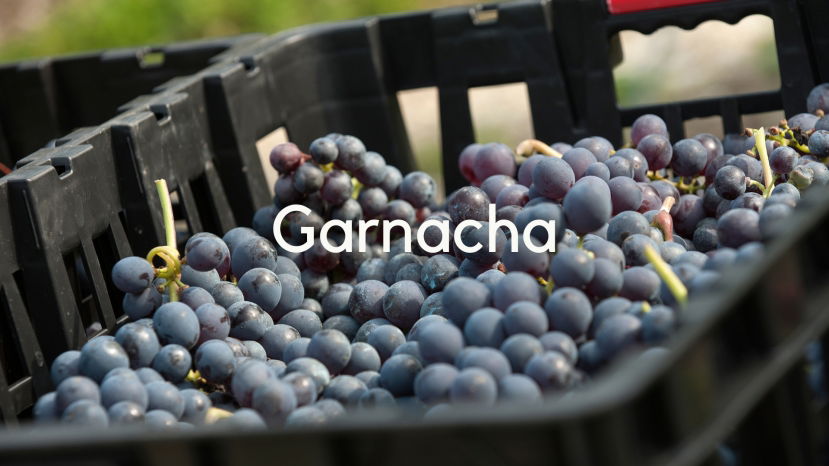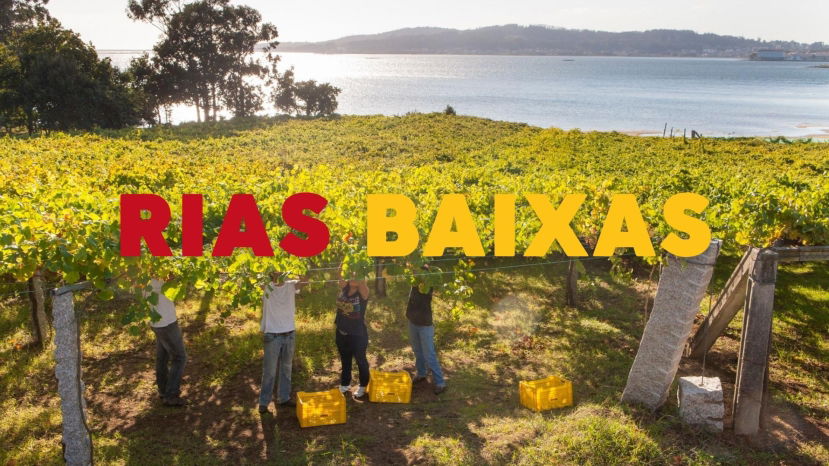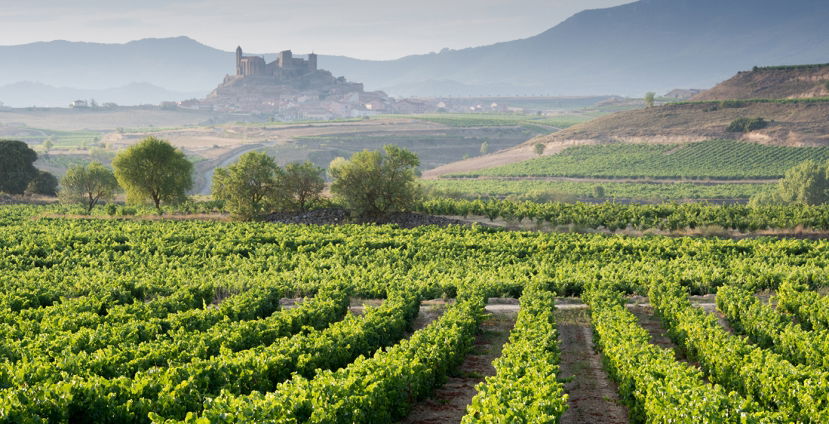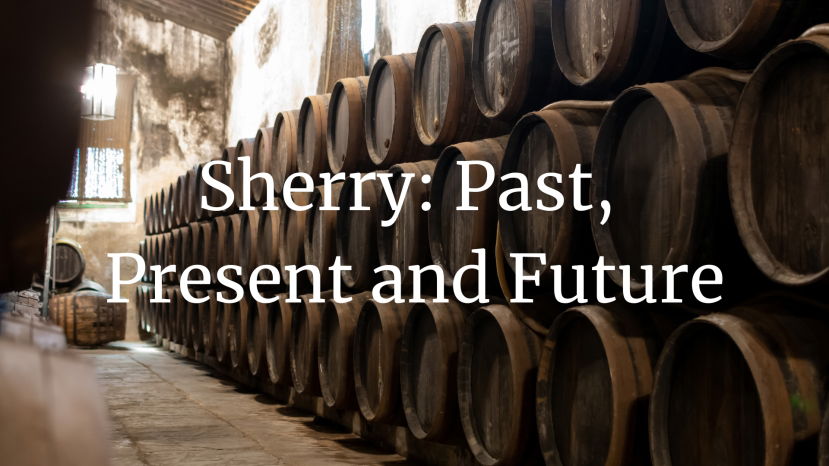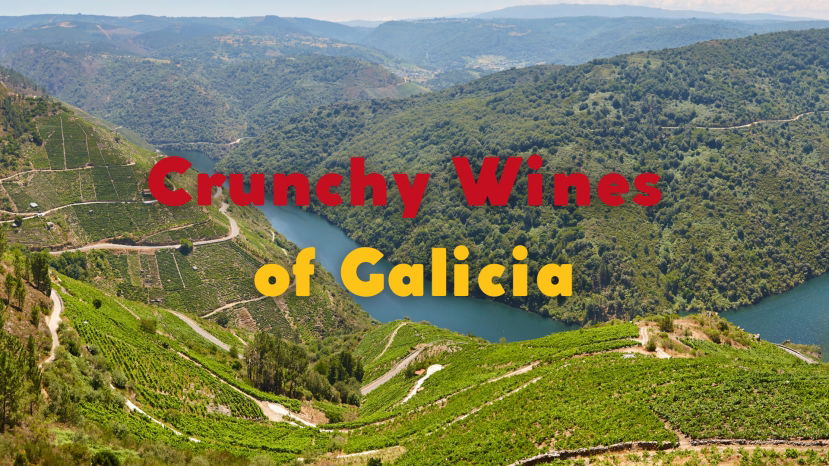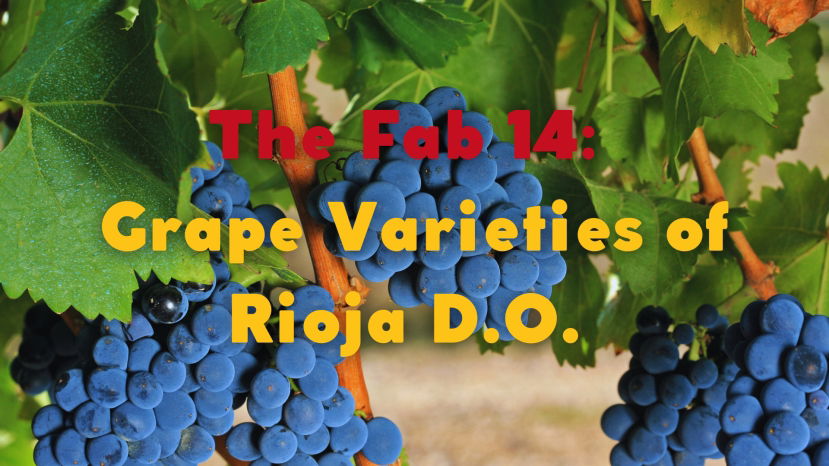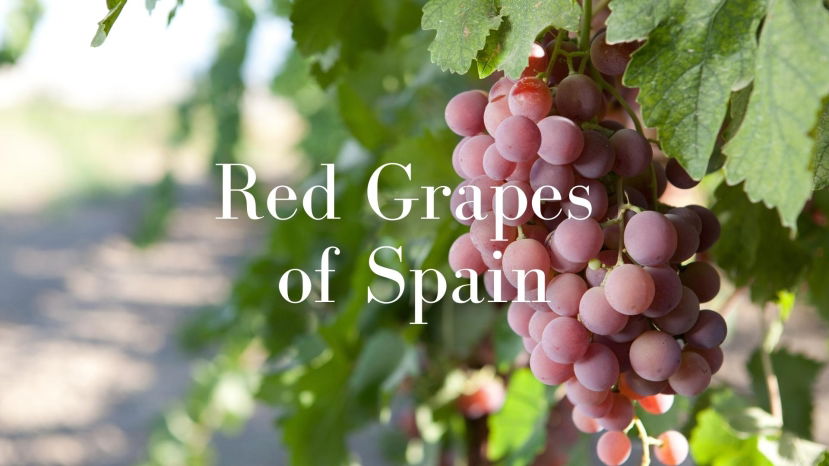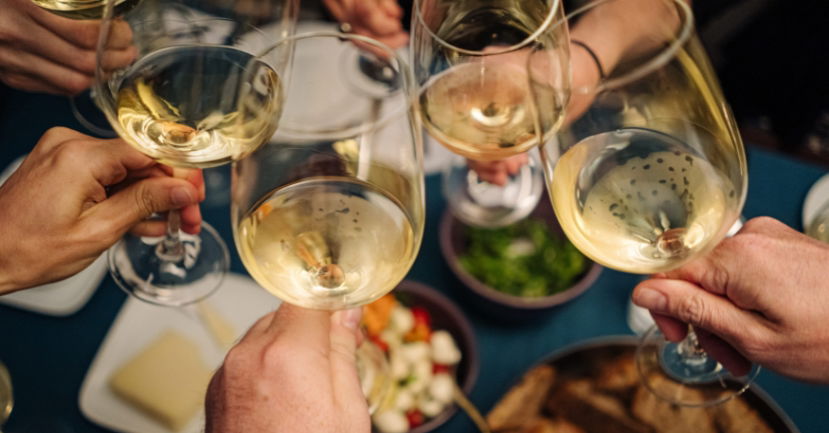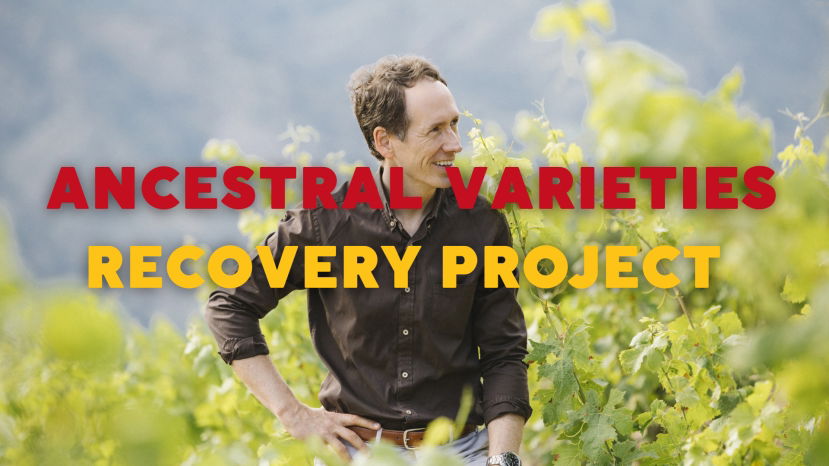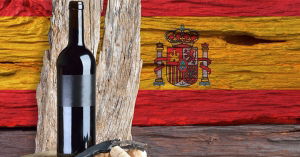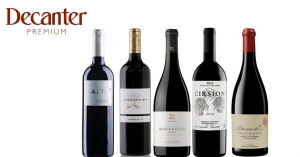BLOG
Spanish wines
Summary: Garnacha (Grenache) is increasingly capturing the attention of wine enthusiasts around the world for its approachability, versatility and quality. As the variety continues to make its mark on the world wine scene, Spanish producers continue to innovate with a wide range of styles. Master of Wine Pedro Ballesteros Torres will lead us in a deep dive into Garnacha, covering
Rick Fisher, our Spanish Wine Scholar Program® Developer, recently returned from New York City where he was attending the 24th annual Spain’s Great Match, the nation's leading Spanish wine event organized by the Trade Commission of Spain in conjunction with Wines From Spain.
There is a man in Logroño’s Calle Laurel who makes garlic mushrooms. It’s the one and only thing on the menu, not that there is a menu. Griddled mushrooms, served on toast, drowning in garlic butter with a small slice of prawn on top. They are miraculous. I think about him and this bar often, as I lurch between life crises, as I think he may possibly have discovered the ultimate secret to a life of happiness and contentment. For me, this dish in this place is
Sherry producers like to say they deal with two types of terroir. “First,” says Fermin Hidalgo, owner of leading Sanlúcar de Barrameda-based Bodegas Hidalgo La Gitana, “the ‘classic’ terroir we all know: climate, soil, etc. The second terroir is the one related to the wineries… Biological ageing is part of our terroir.”
In this episode, we are chatting with Rick Fisher, Spanish Wine Scholar Education Director, about Sherry styles and getting a behind-the-scenes peek at the forthcoming Spanish Wine Scholar Program.
Summary: Rick's Pick: University of Tarragona instructor and winemaker, Antoni Sanchez-Ortiz focuses on climate change and how viticulture must adapt in Spain’s DOQ Priorat region. The mesoclimate determines climatic differences due to the topography of the Priorat and that give rise to local modifications or changes that can affect to more or less ample extensions. Factors that
Summary: Rias Baixas is a region which has had a growing amount of coverage as people discover the beauty of its white wines and the quality of its principal grape Albariño. We will look at the terroir and winemaking, the local infrastructure, marketing and current issues being addressed by this ancient and remote wine region.
Summary: Ribera del Duero is an up-and-coming Spanish wine region, along the Duero River in central Spain. Its signature grape Tempranillo has found its place in high-altitude plateaus in this arid and demanding region. Vineyards are found throughout the valley between 750 and 1060 m shaping the style of wine. Local winemakers are carving a name for themselves in small rural communities totally off the beaten track.
Bordeaux. Burgundy. Barolo. Rioja. Just the mere mention of any one of these wine regions conjures images of the world’s best wines all sharing the ability to age for decades. The wines of Rioja have earned their place amongst this elite group; and whilst consumer tastes may swing like a clock’s pendulum, the practice of aging wines in Rioja helps define its successful past, present, and future.
Summary: Jerez is among the older wine regions in the World, with nearly 3,000 years of continued wine activity. Over the centuries, wine production has evolved into very unique methods of production and a whole series of different wines of very strong identity, which were finally regulated under the first DO appellation in Spain, 85 years ago. But wine production continues to evolve in the Sherry region and local winemakers are now experimenting beyond the DO rules to find new
Summary: Galicia not only has an astonishing green landscape, but it produces some of the freshest and most vibrant wines in Spain. The wet, green corner of Spain is home to some of the steepest vineyards of the world, some which have an inclination of more than 100%! The diversity of the different wine growing appellations and the wide array of local grape varieties creates a fantastic diversity of styles to explore. Presenter: Jonas Tofterup MW
Summary: Informed wine lovers know that Châteauneuf-du-Pape has 13 allowed grape varieties, but did you know that Rioja has 14? Most people have heard of Tempranillo, Garnacha and Viura. But how about Maturana Tinta, Tempranillo Blanco or Malvasia? Or what role does Sauvignon Blanc play in Rioja? Discover the 14 grape varieties of Rioja and their characteristics, both in the vineyard and in wine, and learn how some of these are Rioja’s secret
Summary: Tour through Spain’s greatest red grape varieties and the most important wines they produce. This webinar will present several wines from Spain’s most iconic vineyards, along with their history, terroir, viticulture, vinification and taste profile, and the cultural connection with their regions. Presenter: Lucas Payà Lucas Payà currently works as an independent
Summary: Tour through Spain’s greatest white grape varieties and the most important wines they produce. This webinar will present several wines from Spain’s most iconic vineyards, along with their history, terroir, viticulture, vinification and taste profile, and the cultural connection with their regions. Presenter: Lucas Payà Lucas Payà currently
Spanish red wines get a lot of press for being good values, but shopping in the Spanish wine aisle can be as daunting if you aren’t sure what grows where within the world of Spanish wines. Many of Spain’s best red wines are labeled with the name of the wine appellation, rarely by grape variety. At its most simplistic, Spain can be divided into three “bands” for red grape varieties and wines. The Tempranillo grape variety excels in wines from central and northern Spain, Garnacha (Tinta) in wines from northeastern Spain and Monastrell in southeastern Spanish wines. If you’ve ever felt completely overwhelmed while browsing a Spanish wine section, knowing just a few key wine names will help keep your shopping trip focused and ensure that you have the perfect wine to drink at a moment’s notice.
As the global popularity of Spanish wine grows, more exciting options are becoming available in restaurants and wine shops. While many people are familiar with Spain's premium red wines from regions such as Rioja and Priorat, the country also produces stellar white wines. These wonderful – and often underappreciated selections – represent a great value with excellent variety and versatility. Like its red wines, Spain's white wines are labeled with their appellation of origin – or Denomination of Origin (DO). This designation represents the grape's place of origin, and typically each DO will specialize in one or more different wine styles made from specific grapes. For those new to Spain, knowing what to expect can be challenging if you are unfamiliar with the region. Below is a breakdown of some of Spain's most popular (and delicious) white wines. This list includes their region of origin as well as the primary grapes from which the wines are made. Use this as a guide to expand your understanding of Spanish wine.
Rick's Pick: Miguel Torres discusses the winery's role in the fight against climate change discussion as well as the recovery and rediscovery of Spain’s lost indigenous grapes. Summary: Over thirty years ago, Familia Torres embarked on an exciting project close to its heart: the recuperation of ancestral varieties which were believed extinct after the
Spain began linking wine to “place” early on. As far back as the beginning of the 20th century, the need for wine regulations became self-evident. The country was experiencing rampant wine fraud; quality wines were being diluted with bulk wine on a regular basis. Rioja was a leader in the charge for legislation to guarantee wine origin. In 1902, a Royal Decree defined the origin of its wines by establishing a geographical link between the name of a product and the place where it is produced. Just a little over two decades later, in 1925, the first Consejo Regulador (Regulating Council) was created in Rioja. In the years that followed, Jerez and Málaga also gained regional protection.
Are you ready to dive into one of the world’s greatest wine-producing countries? If so, our next Spanish Wine Scholar Instructor-Led course is about to start, and we would love to have you join us! If you still aren’t sure, then take a look at these ten reasons why you should be studying Spanish wine.
As part of a partnership between Wine Scholar Guild and Decanter, we are pleased to share with our readers this article pulled from Decanter Premium. WSG members enjoy a 20% discount on their Decanter Premium subscription! Get your coupon code HERE Over-zealous planting and heavy-handed use of oak haven’t done its reputation any favours, but Spain’s most widespread variety can make excellent wines. Sarah Jane Evans MW highlights the regions and producers helping Tempranillo reach its full potential.
Page 1 of 2
- 1
- 2

